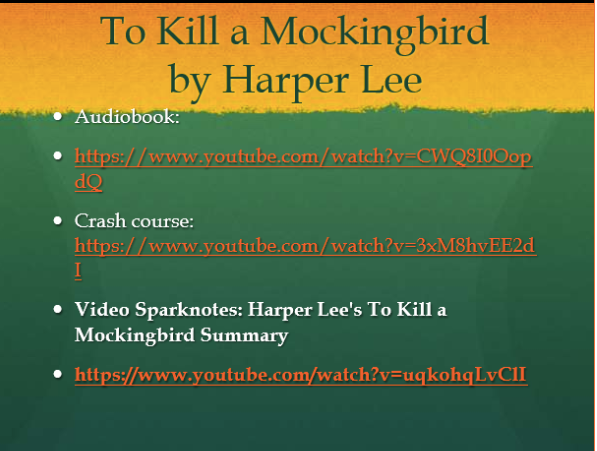
To Kill a Mockingbird Presentation
Access the entire book, To Kill a Mockingbird here. Powered By EmbedPress

Access the entire book, To Kill a Mockingbird here. Powered By EmbedPress
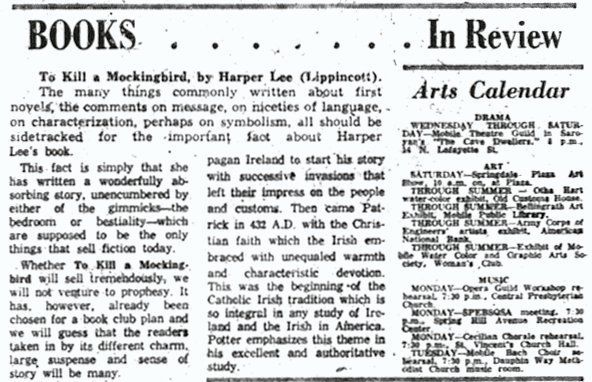
What do I read next after To Kill a Mockingbird? This post discusses several published essays, articles, and readings that students can further study after reading To Kill a Mockingbird. A Gathering of Old Men,…

This post explores in the detail the media adaptation and both the praises and criticisms towards the book, To Kill a Mockingbird, written by Harper Lee. Media Adaptations To Kill a Mockingbird was adapted as a…
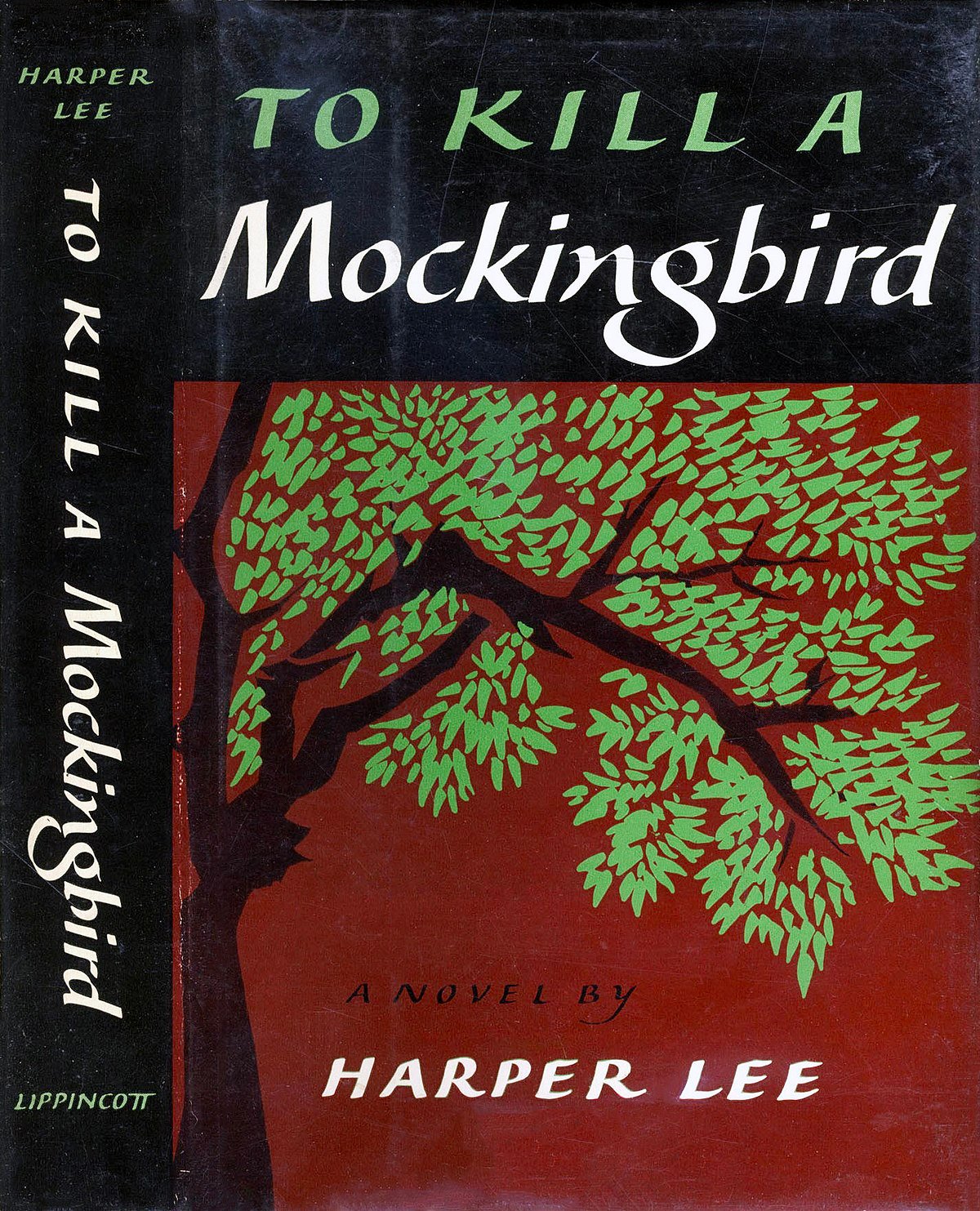
This post details the themes and styles explored in the book, To Kill a Mockingbird, written by Harper Lee. Themes Prejudice and Tolerance Comprising the main portion of the book's examination of racism and its…
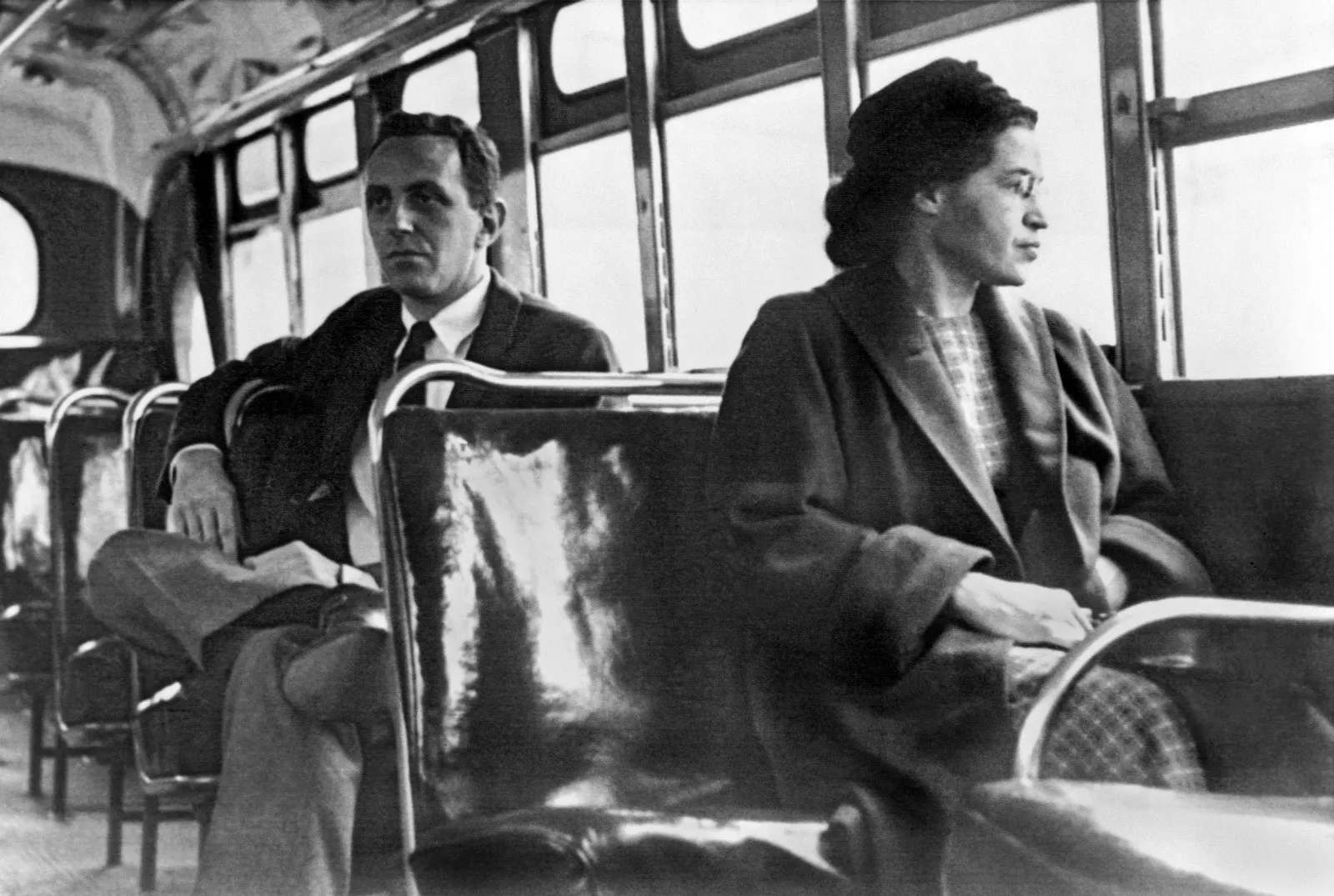
Civil Rights in the 1950s Despite the end of slavery almost a century before To Kill a Mockingbird was published in 1960, African Americans were still denied many of their basic rights. Although Lee sets…

Aunt Alexandra: See Alexandra Finch Hancock Miss Maudie Atkinson Maudie Atkinson is a strong, supportive woman who lives across the street from the Finches. A forthright speaker, she never condescends to Jem and Scout, but…

Part One Harper Lee's To Kill a Mockingbird depicts the life of its young narrator, Jean Louise "Scout" Finch, in the small town of Maycomb, Alabama, in the mid-1930s. Scout opens the novel as a…

Introduction When To Kill a Mockingbird was published in 1960, it brought its young first-time author, Harper Lee, a startling amount of attention and notoriety. The novel replays three key years in the life of…

Look Back on Anger is a thesis study of the drama and fiction of the ’Angry Young Men’ and the ‘New Wave’ Film adaptations of these texts. [3d-flip-book id="180" ][/3d-flip-book]
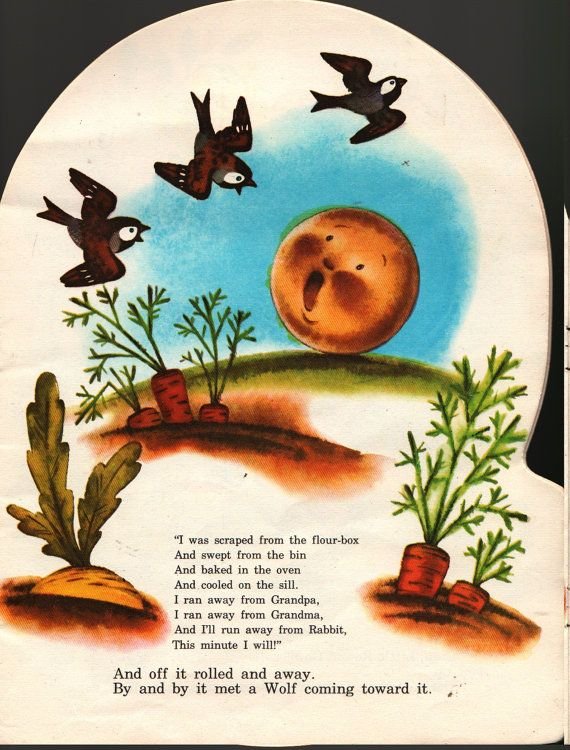
Once upon a time there lived a little old man and a little old woman. The little old man said to his wife, “Bake me a nice round bun, dear little wife.” “With what shall…